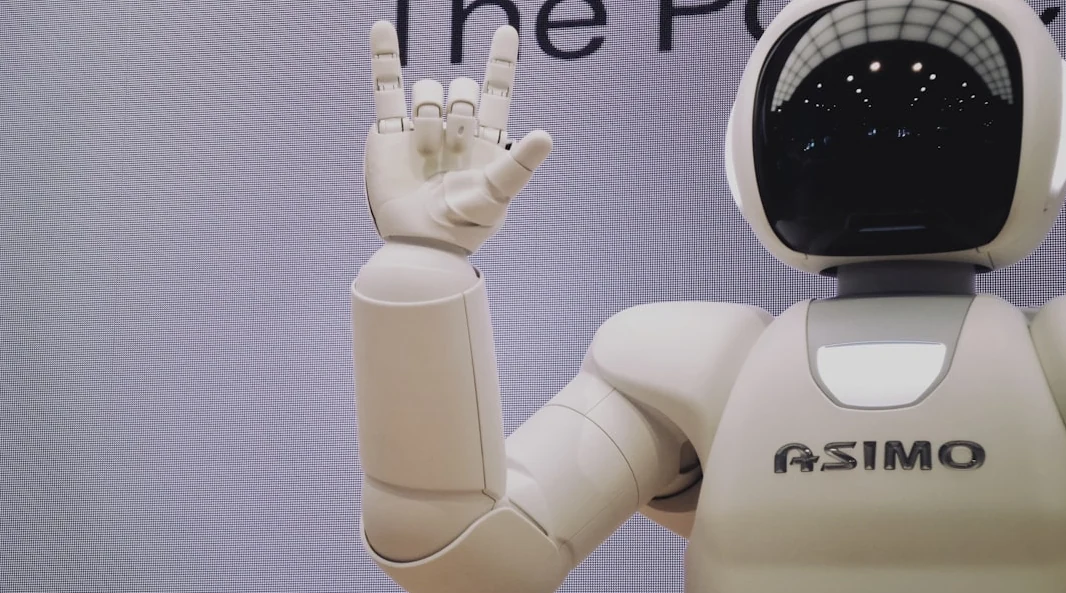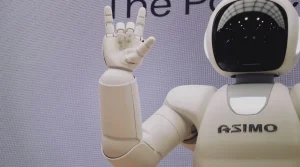AI to Human Content Conversion: A Step-by-Step Guide for Content Creators
AI to Human Content Conversion: A Step-by-Step Guide for Content Creators
Did you know that 73% of content creators now use AI tools to assist with their writing, yet only 22% feel confident their content sounds authentically human? This striking disconnect reveals a critical challenge facing today’s digital content landscape: the ability to transform AI-generated text into compelling, human-like content that truly resonates with audiences.
As artificial intelligence becomes increasingly sophisticated, the line between human and machine-generated content continues to blur. However, the most successful content creators have discovered that the real magic happens not in the initial AI generation, but in the thoughtful conversion process that follows. This comprehensive guide will walk you through proven strategies to transform robotic AI output into engaging, authentic content that connects with your audience on a human level.
Understanding the AI-to-Human Content Gap
Before diving into conversion techniques, it’s essential to recognize why AI-generated content often feels mechanical or impersonal. AI models excel at processing patterns and generating coherent text, but they typically lack the nuanced understanding of human emotion, cultural context, and personal experience that makes content truly compelling.
Common Characteristics of AI-Generated Content
- Repetitive sentence structures and predictable phrasing
- Lack of personal anecdotes or specific examples
- Generic statements without unique perspectives
- Overly formal or academic tone
- Missing emotional resonance or storytelling elements
Recognizing these patterns is the first step toward effective content humanization. The goal isn’t to completely abandon AI assistance, but rather to use it as a foundation for creating genuinely engaging content.
The Step-by-Step Conversion Process
Step 1: Analyze and Audit Your AI Content
Begin by thoroughly reviewing your AI-generated draft. Look for the telltale signs mentioned above and identify sections that feel particularly robotic or generic. Create a checklist of areas that need humanization, focusing on tone, voice, and authenticity.
Step 2: Inject Personal Voice and Perspective
This is where the transformation truly begins. Replace generic statements with your unique viewpoint or experience. For example, instead of “Many people find content creation challenging,” try “Last month, I watched a fellow creator struggle for hours over a single paragraph, and it reminded me why finding your authentic voice matters so much.”
Step 3: Add Conversational Elements
Transform formal, academic language into conversational prose. Use contractions, ask rhetorical questions, and include transitional phrases that create a natural flow. Think about how you would explain the concept to a friend over coffee.
Step 4: Incorporate Storytelling Techniques
Humans are wired for stories. Weave in relevant anecdotes, case studies, or hypothetical scenarios that illustrate your points. Even technical content becomes more engaging when presented through narrative structures.
Step 5: Vary Sentence Structure and Length
AI often produces uniformly structured sentences. Mix short, punchy statements with longer, more complex ones. This creates a natural rhythm that mirrors human speech patterns and keeps readers engaged.
Advanced Humanization Techniques
The Power of Specificity
Replace vague, general statements with specific details. Instead of “social media is important for businesses,” try “A local bakery increased their weekend sales by 40% simply by posting behind-the-scenes videos of their bread-making process on Instagram.” Specificity creates credibility and connection.
Emotional Intelligence Integration
AI struggles with emotional nuance, so this is where human input becomes invaluable. Consider your audience’s emotional state, fears, aspirations, and challenges. Address these directly with empathy and understanding.
Cultural and Contextual Awareness
Add references to current events, cultural phenomena, or shared experiences that your audience will recognize and relate to. This creates an immediate sense of timeliness and relevance that AI often misses.
Common Pitfalls to Avoid
Even experienced content creators can fall into traps when converting AI content. Here are the most frequent mistakes to watch out for:
- Over-editing: Don’t strip away all efficiency gains by completely rewriting everything
- Inconsistent voice: Maintain your brand voice throughout the conversion process
- Losing focus: Ensure humanization efforts don’t dilute your core message
- Neglecting SEO: Balance human appeal with search engine optimization requirements
- Rushing the process: Quality humanization takes time and thoughtful consideration
Tools and Resources for Effective Conversion
Several tools can assist in the humanization process without replacing human judgment. Grammar checkers like Grammarly can help identify overly complex sentences, while readability tools such as Hemingway Editor highlight areas that may sound too formal or academic.
However, the most powerful tool remains human intuition and experience. Trust your instincts about what sounds natural and authentic to your audience.
Measuring Success: How to Know Your Content Sounds Human
Successful AI-to-human conversion should result in content that feels natural when read aloud, engages readers emotionally, and reflects your authentic voice. Key indicators include increased engagement rates, positive audience feedback, and content that you would proudly claim as entirely your own work.
Consider having colleagues or trusted audience members review your converted content. Fresh eyes can often spot remaining traces of AI generation that you might have missed.
Future Trends in AI Content Humanization
As AI technology continues to evolve, the humanization process will likely become more sophisticated. We’re already seeing developments in AI models that better understand context and emotion. However, the fundamental need for human oversight, creativity, and authentic voice will remain crucial.
The most successful content creators of the future will be those who master the art of collaboration between human creativity and AI efficiency, using each tool for what it does best.
Key Takeaways
Converting AI-generated content into authentically human writing is both an art and a science. The process requires careful attention to voice, tone, specificity, and emotional resonance. By following the step-by-step approach outlined in this guide, content creators can harness the efficiency of AI while maintaining the authentic human connection that audiences crave.
Remember that effective humanization isn’t about hiding AI assistance—it’s about using that assistance as a foundation for creating genuinely valuable, engaging content that serves your audience’s needs. The goal is to combine the best of both worlds: AI’s efficiency and consistency with human creativity and authenticity.
As you implement these techniques, be patient with the process. Like any skill, AI-to-human content conversion improves with practice. Start with small changes and gradually develop your own systematic approach that works for your unique voice and audience.








